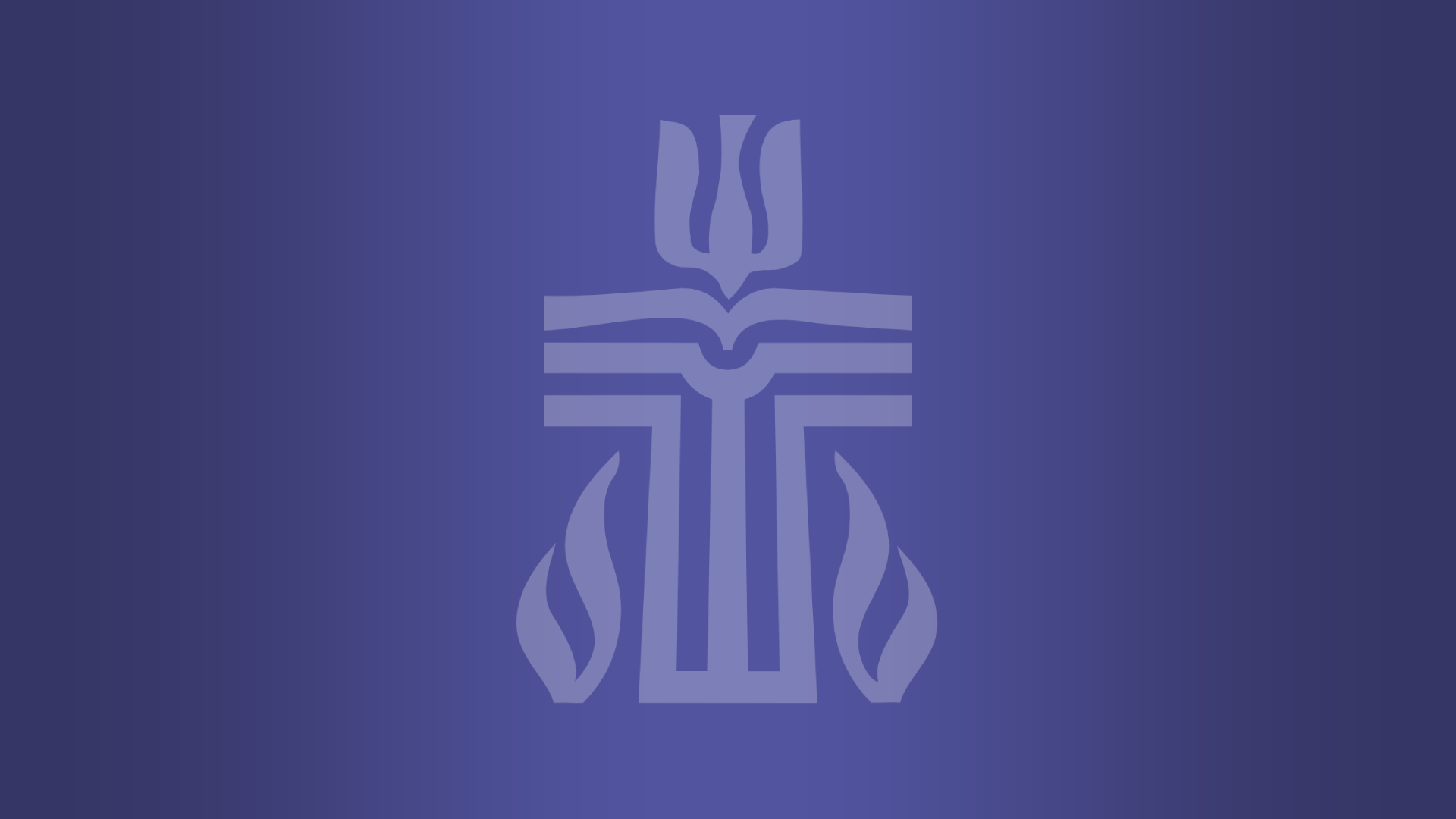This piece is part of an ongoing series focused on the themes of “healing” and “repair.” Follow the blog or check our Facebook page to see the other posts in the series as they’re published bimonthly.
“Finally!” was all my United Methodist friend had to text me when I asked how their general conference was going. While I echo their relief, I know the recovery period for my LGBTQIA+ siblings is far from being final. Presbyterians stand as proof that the vote is sometimes the easiest part of change. As the leader of a ministry with over 90% LGBTQIA+-identifying members, I know a vote is one step of a long journey — one that began with fervent prayers for change. Not to change the Book of Order but to change oneself. For every LGBTQIA+ person raised in the Christian faith, their journey of self-discovery includes years, often decades, of praying to God to change who they are.

God has promised to hear our cries of pain, to be near those who weep and to answer when we pray in Jesus’ name, yet the prayer to “take away the gay” has been unequivocally ignored by God. Even leaders in the “ex-gay” movement have admitted their prayer to not be gay was never truly answered. Many of the “ex-gay” celebrities, who were once boisterous about their salvation from being gay, are now living out and proud. If God thinks homosexuality is the egregious sin some Christians say it is, then God’s inaction to answer is monstrously perverse.
The majority of LGBTQIA+ Christians who join Our Tapestry admit there was no way they were going to walk into a church building again.
The experience of divine disregard for one's ardent prayer leaves a massive wound on all LGBTQIA+ Christians. A wound that can only begin to heal when treated with equally massive acceptance. The majority of LGBTQIA+ Christians who join Our Tapestry admit there was no way they were going to walk into a church building again. Being physically in a building surrounded by Christians has proven to be a dangerous space for them. All the rainbow decorations in the world wouldn’t be enough to cut through the expectation of harm.

">Our Tapestry meets exclusively in digital spaces. This allows people to check us out from the safety of their homes. It is common to have someone join our Zoom Bible study with their camera off, name blank, and never say or type a word. When this happens, I know behind that black square on my screen is a victim of religious abuse. It then is my greatest joy when they add their name or say “hi” in the chat, and when their video camera turns on, I have to hold back tears. The healing is visceral. Healing made possible by the unique benefits of digital spaces.

Many of Our Tapestry’s members will never set foot in a church building again; the wound is just too deep, but there are some who surprise themselves. Recently, I was speaking with a member of Our Tapestry, and she mentioned she was considering joining the membership class at a church near her home. She beamed as she told me that for the first time in her life, she was able to walk into a church and be totally honest about who she was from the very first visit.
The journey for queer Christians can include healing. When we thunderously proclaim acceptance, healing is possible for our LGBTQIA+ siblings. With imagination and creative ministries, healing is happening for our LGBTQIA+ siblings.
When we thunderously proclaim acceptance, healing is possible for our LGBTQIA+ siblings.

The Rev. Bethany Peerbolte is the founding pastor of Our Tapestry. This community meets entirely in digital spaces and gathers to declutter faith from abusive theology. She also creates Christian content on TikTok, seeking to meet younger generations where they scroll. The stories Rev. Bethany hears from her 286,000-plus followers about how churches have treated them inspire her ministry. “The ZIP code someone lives in should not decide what kind of God they know. Everyone deserves access to the radical love of God.” You can follow @RevBethany on TikTok, Instagram, and YouTube and learn more at OurTapestry.Online.
You may freely reuse and distribute this article in its entirety for non-commercial purposes in any medium. Please include author attribution, photography credits, and a link to the original article. This work is licensed under a Creative Commons Attribution-NonCommercial-NoDeratives 4.0 International License.

